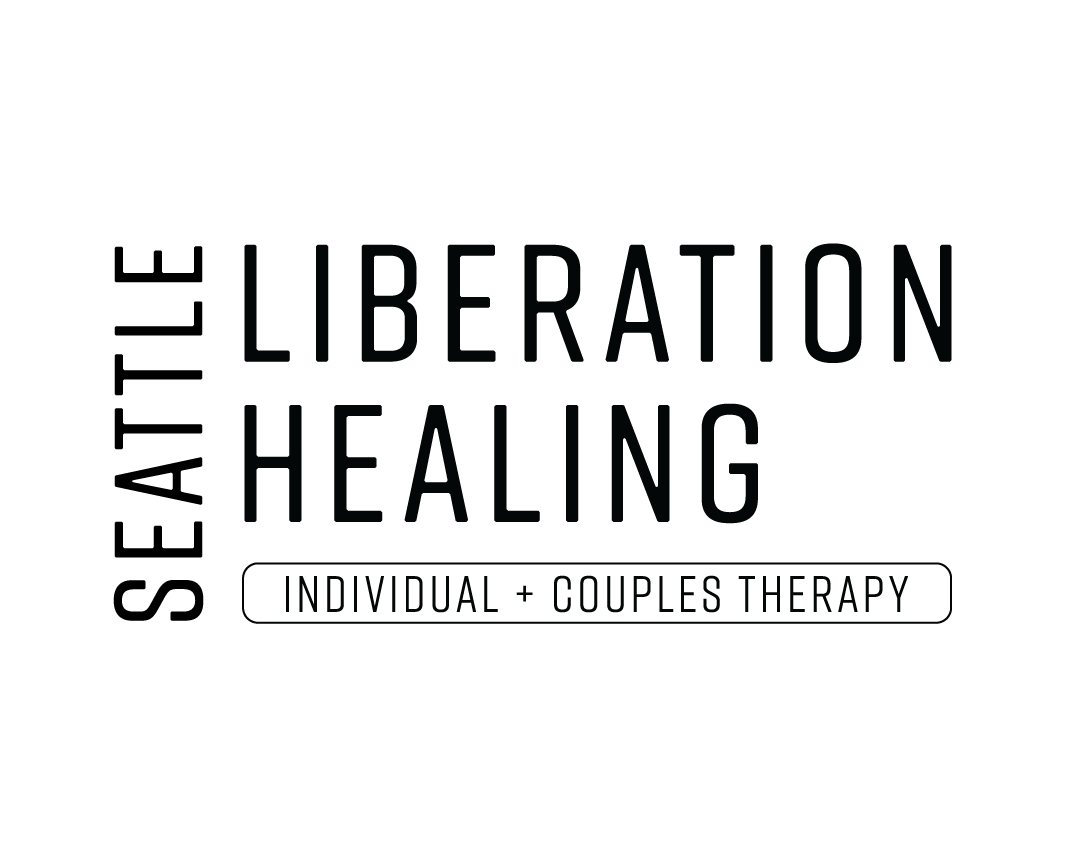How To Break Unhealthy Relationship Patterns
Common Unhelpful Attachment Cycles Couples Get Stuck In
Pursue-Withdraw or Attack/Defend:
One partner attempts to connects (pursuing) while the other pulls away (withdraws)
The pursuer often pursues by yelling, judging, demanding, and blaming. They might appear angry and critical.
The withdrawer often shuts down, avoids or even leaves (physically, mentally or emotionally), and might appear defensive, dismissive, dissociated, bored, or indifferent.
The more the pursuer pushes to talk and resolve, the more the withdrawer feels uncomfortable, numb or the urge to run away.
Example: Cat and mouse chasing one another.
Withdraw/Withdraw or Defend/Defend
The pursuer partner may be tired of the other partner’s inability to connect and has given up. While the pursuer wants to relationship to work initially, over time, the lack of positive change and response is difficult to bear.
However, the withdrawing partner perhaps believes that the relationship is getting better because of lack of judgment, criticism, and demands and also perhaps lack of interaction.
When a couple interacts less, there is less chance of conflicts. This also means less of a chance of real, authentic connection as well.
These couples may tell me in the first session, “I think we are getting along really well lately. We don’t fight as much.”
Complex Cycle
This cycle is often seen in survivors of trauma where both anxiety and avoidance of connection and conflict is high.
Pursuers may withdraw when connection is offered (“On one hand, I want connection and intimacy. One the other hand, when connection and intimacy is offered, it scares me and I need space”).
Connection is not trusted due to complex reasons and relationship histories.
Breaking Unhealthy Relationship Patterns & How To Stop the Cycle of Negative Relationships
Identifying Your Cycle (Emotions, Thoughts, Feelings & Behaviors)
Identifying What Triggers You
Identifying Ways To Regulate & Calm Yourself Down When Triggered
Identifying One Thing You Can Change Or Shift In Your Relationship
Below are some exercises you can try on your own.
When I Am Upset By You When We Are Not Getting Along….
What I Do......(Action)
Walk away
Become silent
Yell
Criticize or judge
What I Feel ......(Emotion)
Sad
Angry
Confused
In My Body I Feel .....(Somatic)
Tense
Light Headed
Hot
Cold
Pressured
How We Interact During Conflict ....(Pattern or Dynamic)
I go away and they come toward me
I yell and they stay silent
I laugh and they cry
I often react by (describe behaviors)...
Isolating
Withdrawing
Attacking
Yell
Blaming
Ignoring
Laughing
Criticize
Demand
Defend myself
Rationalize
Explain
Deny
Etc.
My partner often reacts to me by (describe behaviors)...
Same as above
When my partner reacts this way, I often feel...
Sad
Hurt
Alone
Angry
Frustrated
Shame (“I am bad”)
Guilt (“I did something bad”)
Etc.
When I feel this way I, see myself as....
Bad (Guilt or Shame)
Powerful/Powerless
When I feel this way I long for, desire, crave, or need...
Validation
Affection
Space
When I react the way I do, I guess that my partner feels...
Sad
Happy
Hurt
Angry
Confused
In Pain
